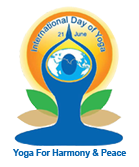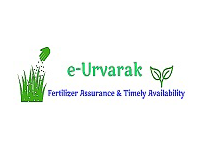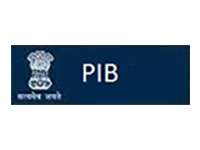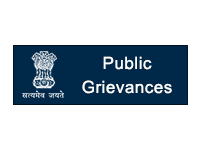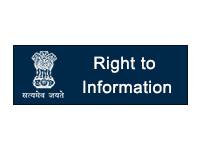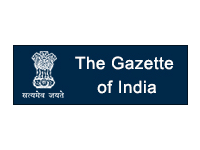Being implemented by National Institute of Ocean Technology (NIOT), Indian National Centre for Ocean Information and Services (INCOIS), Centre for Marine Living Resources and Ecology (CMLRE) and National Centre for Coastal Research (NCCR)
The objectives include:
- Deploy and sustain a wide range of state-of-the-art ocean observation systems for the acquisition of real-time data from the seas around India
- Generate and disseminate a suite of user-oriented ocean information, advisories, warnings, data and data products for the benefit of society.
- Develop technologies to tap the marine bio resources, generate freshwater and ocean energy and technologies.
- Generate and regularly update information on Marine Living Resources and their relationship with the physical environment in the Indian Exclusive Economic Zone (EEZ).
- Support operation and maintenance of 6 Research vessels for ocean survey/monitoring/technology demonstration programmes.







 Ministry of Earth Sciences
Ministry of Earth Sciences


